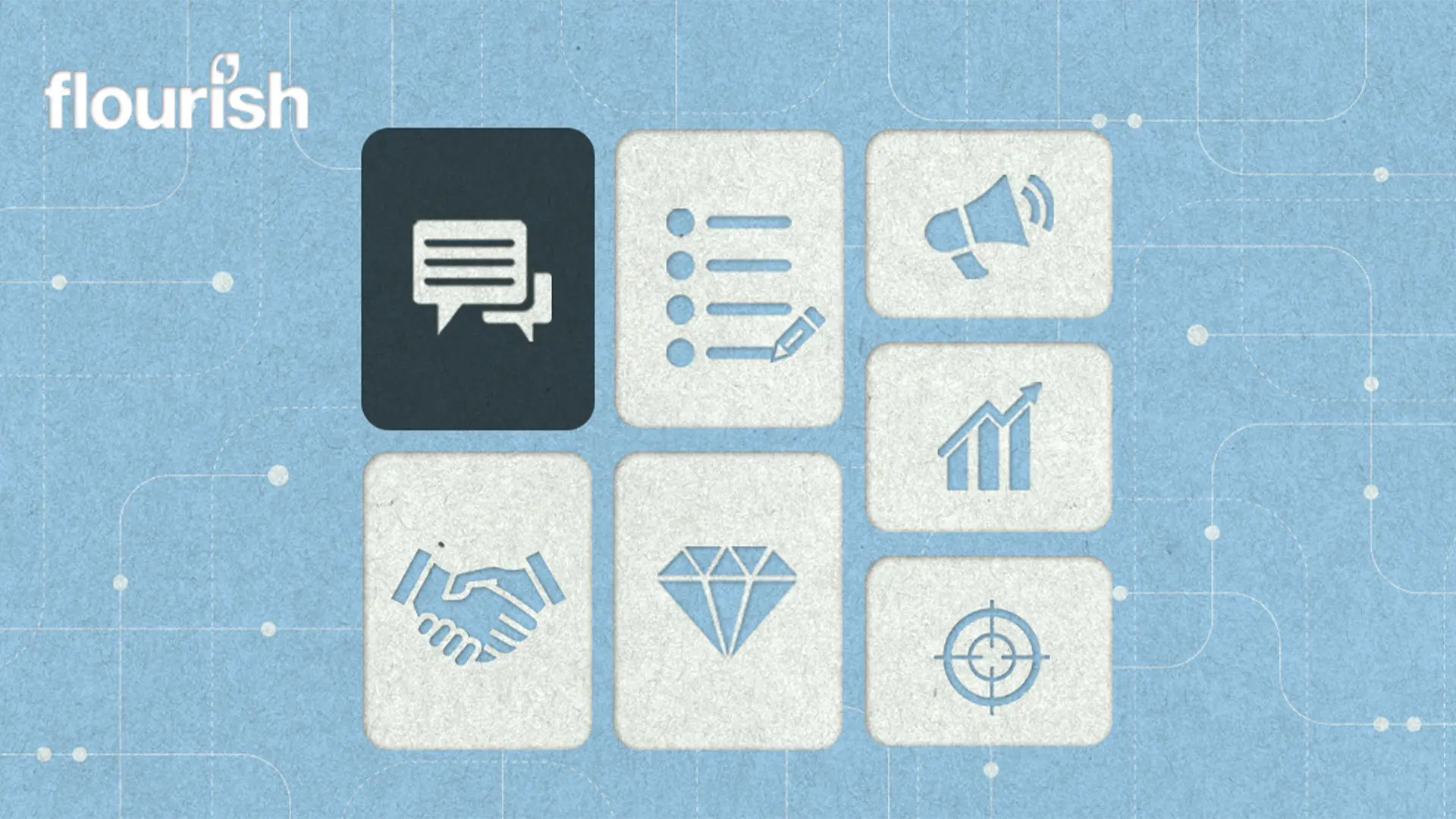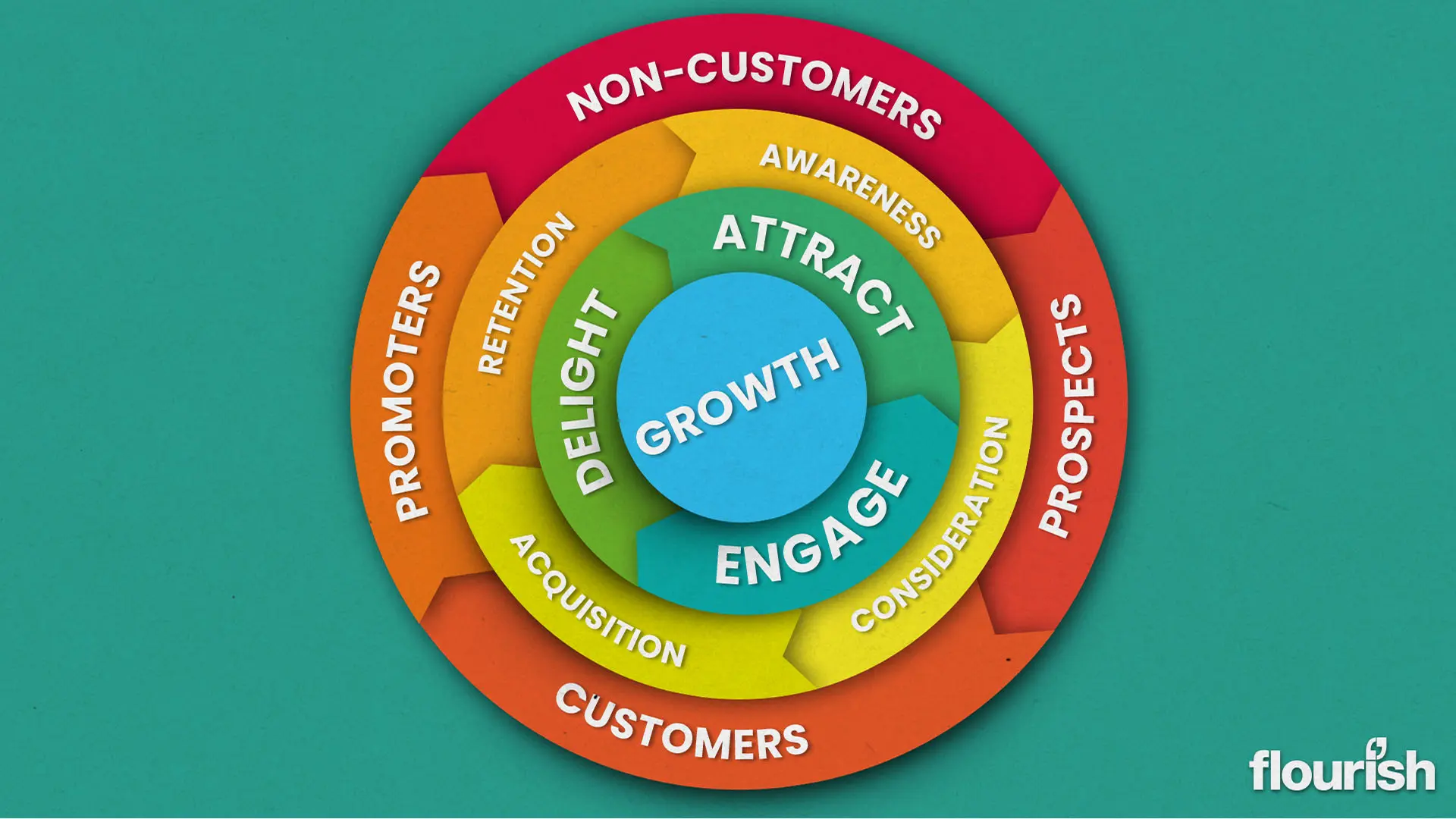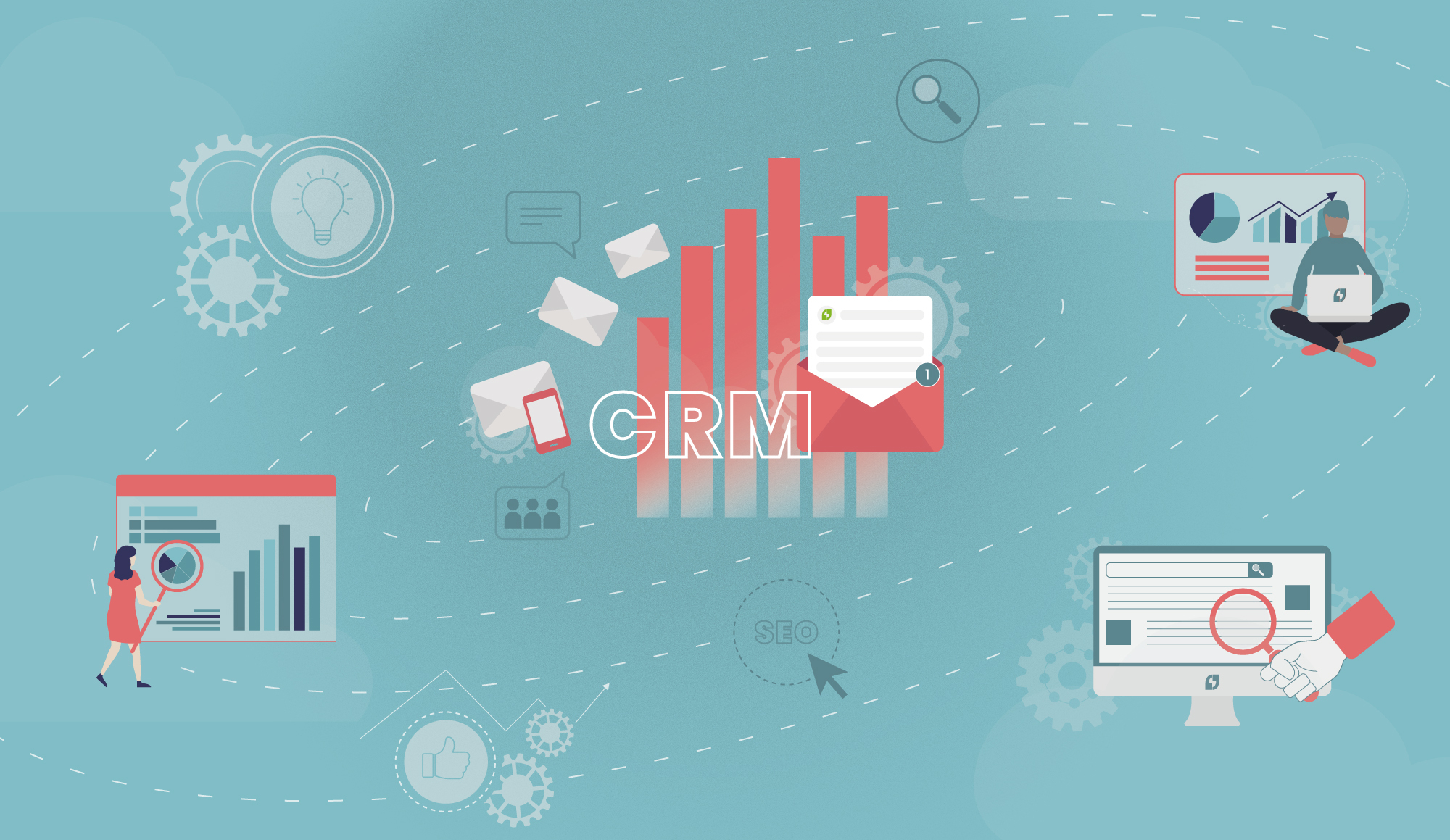7 ways to secure customer loyalty with CRM
The smarter way to keep winning over your customers
Done properly Customer Relationship Marketing (CRM) can set you apart from your competitors, and help you build loyalty among your customers.
Loyal customers can become your most valuable cheerleaders, and not only are they less likely to be purely price-driven, they’ll also want to share their experience with others by giving you rave reviews. They’re less likely to pay attention to competitors and are more understanding when mistakes are made. And because they want you to succeed, they’re more likely to offer constructive feedback.
So, how do you create loyal customers?
It’s not just about having good branding, a great product or getting 5-star reviews – although all of this helps. Customer journeys are a fundamental driver of CRM and can help you achieve a range of business goals, whether that’s increasing sales and interactions with your brand or creating a unique experience that just keeps your audience coming back for more.
Using a CRM based approach in your marketing strategy, is essential to forming meaningful connections with your customers. When you use customer data insights to tailor a more personal experience, you have the power to build relationships with customers on a deeper level – and steward them onto your wheel of repeat sales and interactions. (See our blog about building customer relationships with the ‘flywheel’ model, and not a funnel.)
Here are 7 ways you can use CRM to inspire customer loyalty – there are many more, but implement these and you’ll have nailed the basics.
1. Access feedback.
CRM makes it easier to gain customer feedback, which can improve the depth of your data analysis. By getting to know your audience better, you can make more targeted marketing decisions that are more likely to resonate. You can also tailor customer journeys, specific comms, or even your offering and specific propositions, and give your audience exactly what they want and need. It’s not just about gathering the feedback and making assumptions about how your customers behave – it’s about how you record, segment, analyse and then use that data to drive your strategy and work to deliver the right message, to the right person, at the right time by creating a Single Customer View.
2. Identify pain points.
Understanding how your customers think and behave, can also be useful for identifying the specific problems customers face along their journey that could cause them to switch to a competitor. Having an awareness of these issues allows you to address them and make improvements before they drive customers away. For example, if you want your customers to buy from you more regularly, you need to ensure that not only have they received a good service with attentive, personalised comms, but that you have also created a user experience that makes it easy for them to decide to re-purchase. You could send them a loyalty voucher, educate them about your other products and services and also, tell them how to use or make the best use of your purchasing service. If convenience or location could be an issue for a customer, telling them about your online ordering and delivery service and incentivising them to check it out, is a great way to keep them engaged with your brand vs visiting a competitor.
3. Test marketing channels.
Data from ad targeting and campaign delivery can give you an insight into which marketing channels and creative versions work most effectively to help you reach your audience. Overlaying omni-channel performance data over these insights reach your audience more effectively and enrich the customer experience. By recognising which of your campaign strategies are gaining more traction or not performing so well, and making changes to increase campaign performance, means you’ll make the most of your marketing budget and serve the right comms to the right people, just when they need it.
4. Build trust.
When consumers can share their experience in just a few clicks, it’s important to make sure the experience they’ve had is great. Customers can be fickle and you need to demonstrate to your customers that they can trust you. Whilst there are many factors that affect trust, ensuring your communications and customer service levels are of the highest quality, will go a long way. You can strengthen your brand’s reputation by not only getting positive reviews, but also by delivering well-designed, brand comms, whilst being reliable, consistent and providing a customer journey that your customers can’t wait to do again, and share with their friends. Read more about how CRM can boost consumer confidence.
5. Add value.
Create opportunities for your customers to feel valued, stay loyal to your brand and feel like they are getting a good deal. This will also make them more likely to recommend you to a friend. Things like referral codes and loyalty programmes make your customers more likely to continue shopping with you and bring you new business, ultimately leading to higher sales. Just be careful not to devalue your brands, products or services by offering too much, too often – it’s about creating exclusivity, engaging experiences and educational opportunities, not necessarily giving away loads of margin. Not all added value or purchasing decisions are driven by price.
6. Capture prospective sales.
Without solid customer journey strategies in place, ‘at risk’ customers can easily be lost. Capturing these consumers with abandoned cart emails, for example, can ensure they stick around. Depending on how your customer journey programme is designed, you could use automated, personalised comms which help you to stay in touch with your various customer types at all stages of their journey with you. Using automation and personalisation adds a layer of ease to your efficiency, which can save you lots of time and deliver excellent results for your business, whilst also allowing you to remain customer-focused.
7. Retarget.
Retargeting can help you to stay in the forefront of people’s minds if they’re considering a product or a repeat purchase. By using your audience insights and data from ad testing, you can ensure you’re not wasting time and resource targeting the wrong audience, with the wrong content. For example, you don’t want to upset a customer by sending them a ‘you don’t seem to have purchased from us in a while’ email with a promo code, or show them a discounted product ad, after they’ve just visited one of your stores and purchased something at full price. You can use retargetting to compliment recent purchases and encourage more repeat sales. Plus, retargeting is another way to provide value to your customers and increase the likelihood of them engaging with your brand over competitors, whether they’ve made a previous purchase from you or not.
And, it doesn’t all have to be technical. You can have fun with it. Build a lifestyle around your brand. Use humour in your campaign creatives if it’s appropriate. Give back to your community and make your customers so happy, they keep coming back again and again, without devaluing your brand.
Keep your customers close
At Flourish, we’re experts in helping brands use CRM to create customer journeys that deliver the right message, to the right people, at the right time. To learn more about how we do it, or to get some advice about how to tackle a specific CRM challenge for your business, get in touch with our team.



